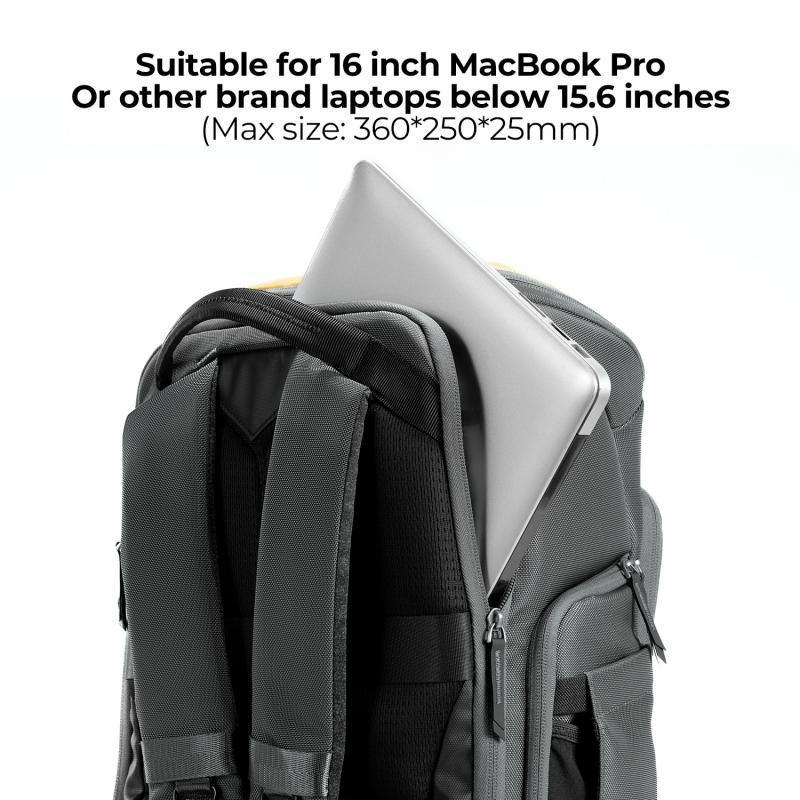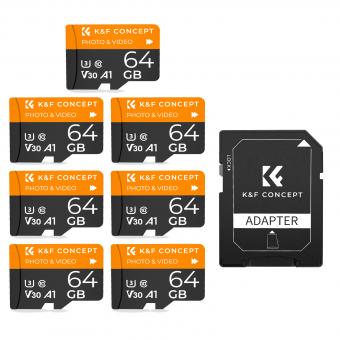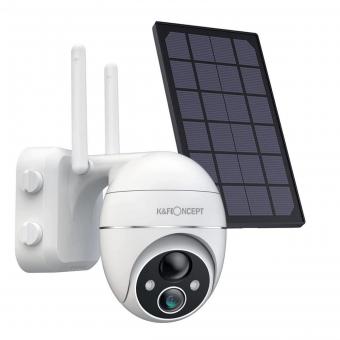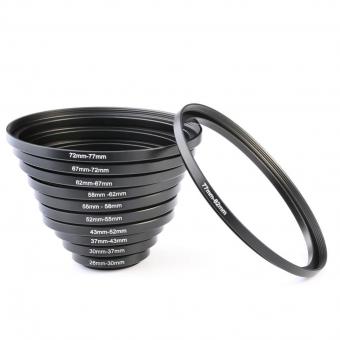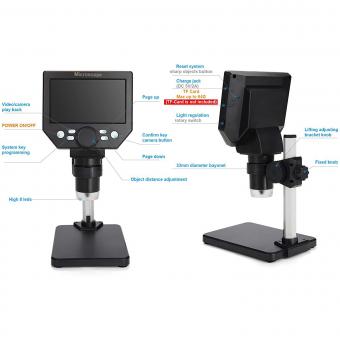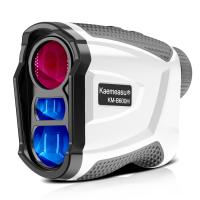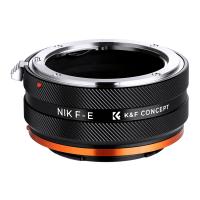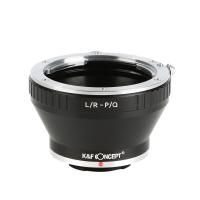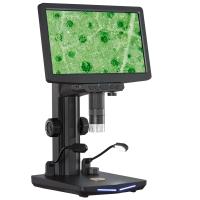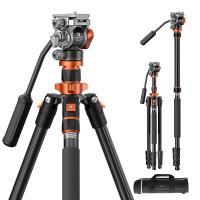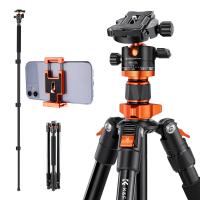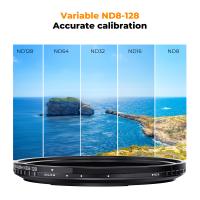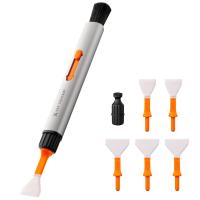How To Set Up Home Surveillance Camera System ?
To set up a home surveillance camera system, you will need to follow these steps:
1. Determine the areas you want to monitor: Identify the areas in and around your home that you want to keep an eye on.
2. Choose the right cameras: Select the type of cameras that best suit your needs, such as wired or wireless, indoor or outdoor, and high-definition or standard definition.
3. Install the cameras: Follow the manufacturer's instructions to install the cameras in the desired locations.
4. Connect the cameras to a recorder: Connect the cameras to a digital video recorder (DVR) or network video recorder (NVR) to store the footage.
5. Set up remote access: Configure the system to allow remote access to the footage from your smartphone, tablet, or computer.
6. Test the system: Test the cameras and the recording system to ensure that everything is working properly.
7. Monitor the footage: Monitor the footage regularly to ensure that your home is safe and secure.
1、 Camera types and features
Camera types and features are important considerations when setting up a home surveillance camera system. There are several types of cameras available, including wired, wireless, and IP cameras. Wired cameras are connected to a central recording device via cables, while wireless cameras transmit footage wirelessly to a receiver. IP cameras use the internet to transmit footage to a remote location.
When choosing a camera, it is important to consider its features. Some cameras have night vision capabilities, which allow them to capture footage in low-light conditions. Others have motion detection, which triggers recording when movement is detected. Some cameras also have two-way audio, allowing for communication between the camera and the viewer.
The latest point of view in home surveillance camera systems is the integration of artificial intelligence (AI) and machine learning. AI-powered cameras can detect and recognize faces, objects, and even emotions, providing more accurate and detailed surveillance. They can also learn and adapt to their environment, reducing false alarms and improving overall security.
When setting up a home surveillance camera system, it is important to consider the layout of the home and the areas that need to be monitored. It is also important to ensure that the cameras are installed securely and that the footage is stored in a safe and secure location. With the right camera types and features, a home surveillance camera system can provide peace of mind and enhanced security for homeowners.
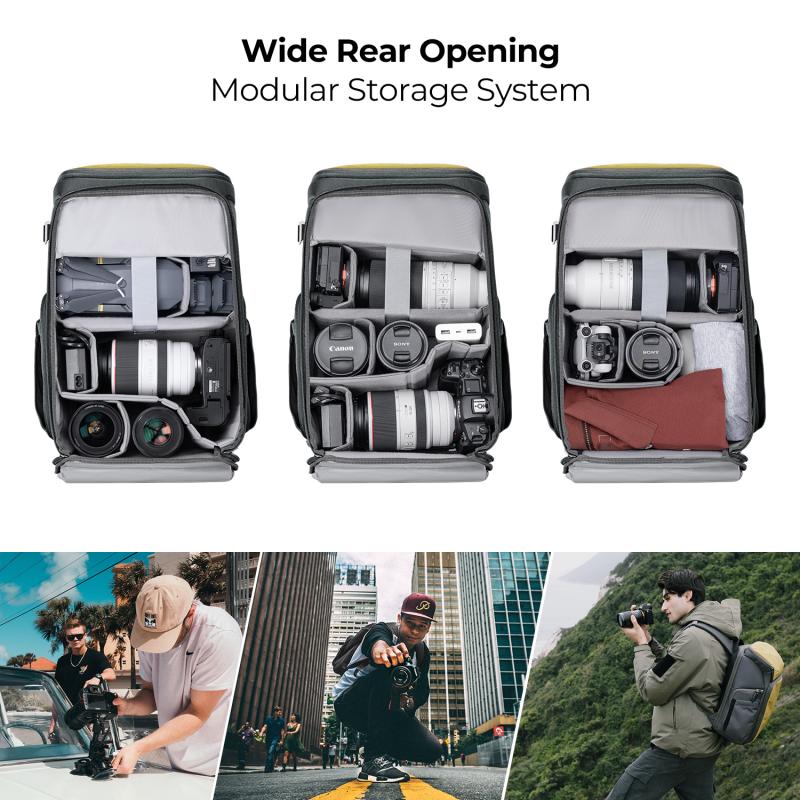
2、 Placement and coverage
How to set up home surveillance camera system: Placement and coverage
When setting up a home surveillance camera system, placement and coverage are crucial factors to consider. The placement of cameras should be strategic to ensure that all areas of the property are covered. Here are some tips on how to set up your home surveillance camera system for optimal placement and coverage:
1. Identify high-risk areas: Start by identifying the areas of your property that are most vulnerable to break-ins or theft. These areas may include entry points such as doors and windows, as well as areas with valuable items such as jewelry, electronics, and cash.
2. Choose the right type of camera: There are different types of cameras available, including indoor and outdoor cameras, wired and wireless cameras, and cameras with different resolutions and features. Choose the right type of camera based on your needs and budget.
3. Position cameras strategically: Cameras should be positioned at strategic locations to ensure maximum coverage. For example, outdoor cameras should be placed at entry points and high-traffic areas, while indoor cameras should be placed in rooms with valuable items.
4. Consider lighting: Lighting is an important factor to consider when placing cameras. Cameras should be positioned in areas with adequate lighting to ensure clear footage.
5. Test the coverage: Once you have installed your cameras, test the coverage to ensure that all areas are covered. Adjust the position of cameras as needed to ensure optimal coverage.
In addition to these tips, it is important to stay up-to-date with the latest trends and technologies in home surveillance camera systems. For example, many modern cameras now come with features such as motion detection, night vision, and remote access, which can enhance the security of your home.
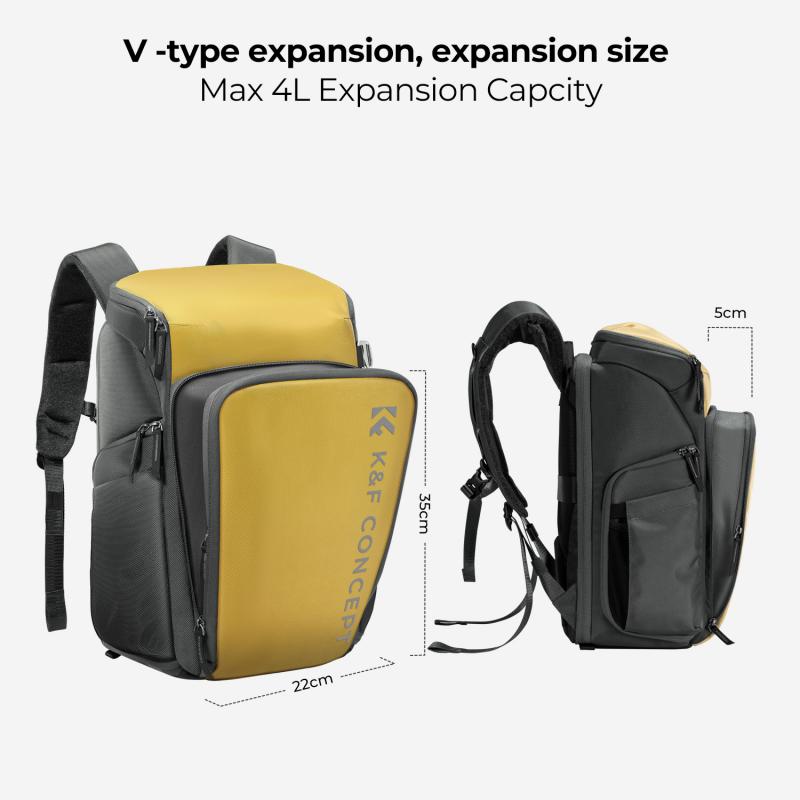
3、 Recording and storage options
Recording and storage options are crucial components of a home surveillance camera system. There are several options available for recording and storing footage, including cloud storage, local storage, and network-attached storage (NAS).
Cloud storage is becoming increasingly popular due to its convenience and accessibility. With cloud storage, footage is stored remotely on a server, and users can access it from anywhere with an internet connection. This option eliminates the need for physical storage devices and provides an extra layer of security in case the physical device is stolen or damaged.
Local storage involves using a physical device, such as a hard drive or memory card, to store footage. This option is more traditional and can be less expensive than cloud storage. However, it requires regular maintenance and can be vulnerable to theft or damage.
NAS is a hybrid option that combines the benefits of cloud and local storage. With NAS, footage is stored on a physical device that is connected to the internet, allowing users to access it remotely. This option provides the convenience of cloud storage with the added security of local storage.
When choosing a recording and storage option, it is important to consider factors such as cost, accessibility, and security. It is also important to ensure that the chosen option is compatible with the surveillance camera system being used.
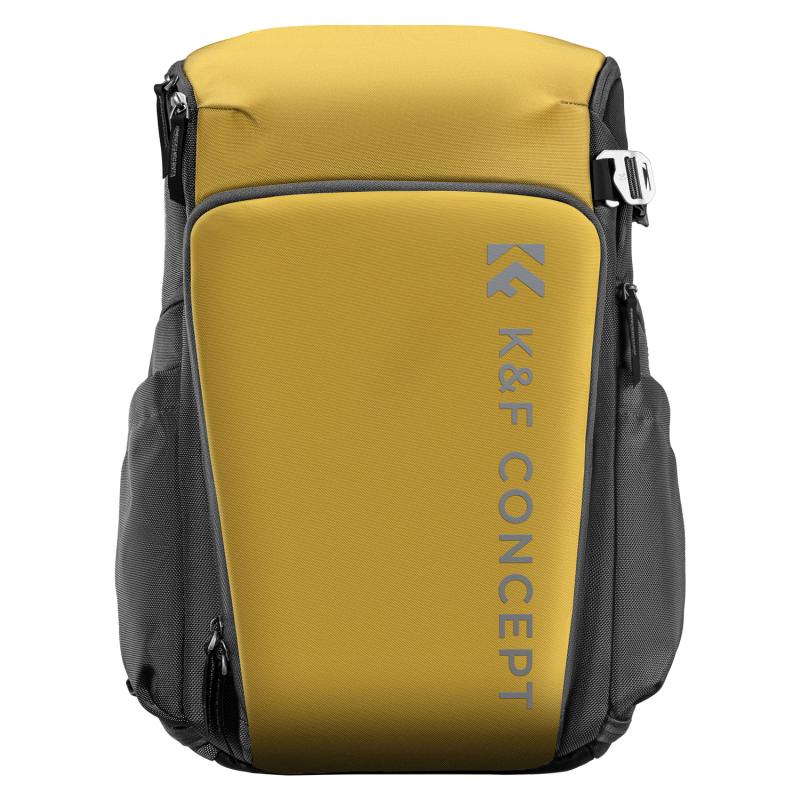
4、 Remote access and monitoring
Remote access and monitoring is an essential feature of any home surveillance camera system. It allows homeowners to keep an eye on their property from anywhere in the world, using a smartphone, tablet, or computer. Setting up remote access and monitoring is relatively easy, and can be done in a few simple steps.
First, choose a surveillance camera system that supports remote access and monitoring. Many modern systems come with their own mobile apps, which can be downloaded from the App Store or Google Play. Once you have installed the app, you will need to create an account and log in.
Next, connect your cameras to your home Wi-Fi network. This can usually be done using the camera's mobile app, which will guide you through the process. Once your cameras are connected, you can start monitoring your home from your smartphone or tablet.
To ensure that your cameras are secure, it is important to use strong passwords and enable two-factor authentication. This will prevent unauthorized access to your cameras and protect your privacy.
Finally, make sure that your cameras are positioned correctly and that they cover all the areas you want to monitor. You may need to adjust the angle or height of your cameras to get the best view.
In conclusion, remote access and monitoring is an essential feature of any home surveillance camera system. By following these simple steps, you can set up a system that allows you to keep an eye on your property from anywhere in the world.
